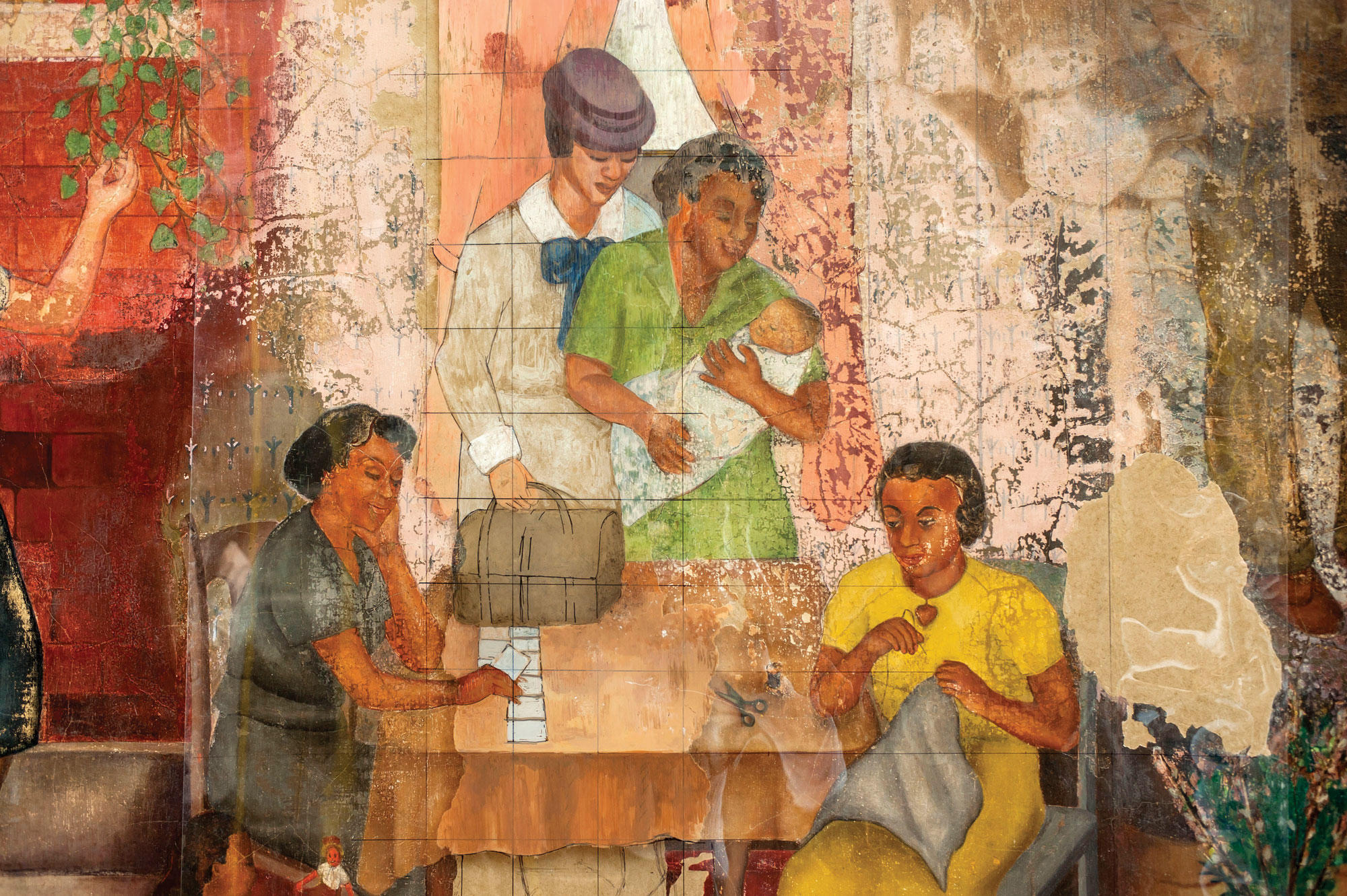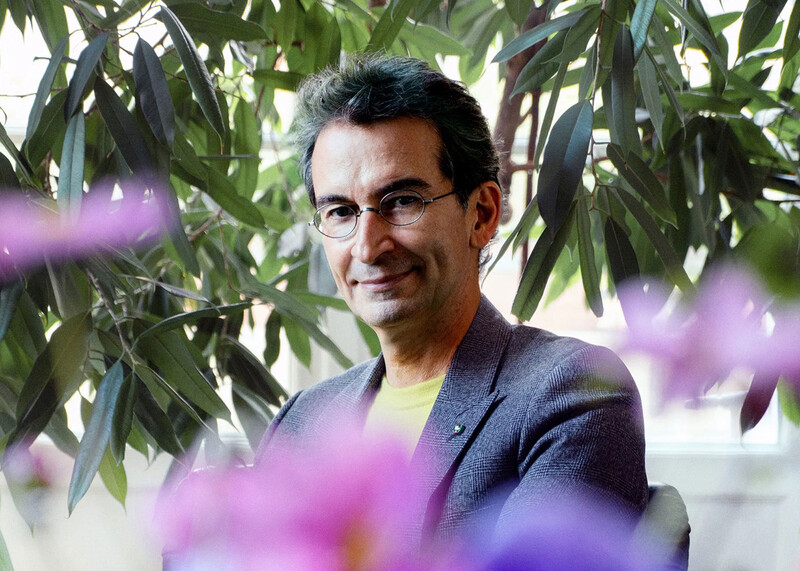In 1936, when the Works Progress Administration commissioned black artists to paint murals for Harlem Hospital Center, Gene-Ann Polk Horne ’68PH was a little girl growing up in Roselle, New Jersey. Just ten years old, she probably wouldn’t have appreciated the full significance of the murals, which depicted African-American life from slavery to the early twentieth century. By the time Dr. Polk (as her patients knew her) completed her pediatrics residency at Harlem Hospital Center in 1955 — she was the institution’s only black female physician — the murals were already fading.
But Polk’s prospects were only getting brighter. In 1956, Polk, who was also an accomplished cellist who had studied music at Oberlin College, became the first black doctor on staff at Lenox Hill Hospital, on Manhattan’s Upper East Side. “She served quietly, but very effectively,” a friend recalled in Galilee United Methodist Church in Englewood, New Jersey, during a public memorial service for Polk, who passed away in January. “She served earnestly and purposefully. She served sincerely, and she served godly.”
And her service to Harlem never faltered. While working at Lenox Hill, Polk continued her relationship with Harlem Hospital, where she taught residents, conducted pioneering research on neonatal drug addiction, and developed a blood-transfusion program for newborns. In 1962, Columbia University, newly affiliated with Harlem Hospital, named Polk the hospital’s first professor of clinical pediatrics.
On the surface, it may seem like Polk’s career was fated. Her father, Charles C. Polk, was a physician who ran a private practice from his home for more than sixty years. Her mother, Olive Bond, committed her life to social service through volunteerism. And her godmother, Myra Smith Kearse, was the only woman in her graduating class at Howard University College of Medicine in 1925.
But Polk’s success was in no way predetermined. Instead, she faced doubt that fueled her resolve. “It was surprising how many people said, ‘Oh, you’ll never make it. You’ll get married. You won’t make medical school,’” she recalled in an interview with the Foundation for the History of Women in Medicine shortly before her death. “And every time somebody said, ‘You can’t,’ I said, ‘I can.’”
In 1968, as Polk and her husband were raising their two children in Englewood, she was promoted to director of pediatric ambulatory care. Every day at work she’d walk past the WPA murals, whose faded glory would not have escaped her notice. Though her hands were full with her family and the hospital, Polk still found time to give back: she mentored young black women in medicine through the Susan Smith McKinney Steward Medical Society, and remained an active member of Alpha Kappa Alpha sorority. In her interview, she noted, “I think the women who go into medicine have a certain resilience and stamina [because] they want to succeed.”
Though most people in Harlem don’t know Polk’s name, many of them are acquainted with her legacy, which extends beyond her work in health care. One trip to Harlem Hospital’s $325 million Mural Pavilion makes this clear.
Polk spent the latter part of her career as director of ambulatory care, and from 1988 to 1994 was the chair of the hospital’s cultural-affairs committee, where she devoted herself to protecting the hospital’s rich history. Part of that undertaking included restoring the once-vibrant murals. Two months before her death at eighty-eight, Polk, who was battling cancer, visited the Mural Pavilion to accept an award for her contribution to the project.
“I was amazed to see how [the murals] had [been] restored,” she said. “It’s just mind-boggling. If you ever get to Harlem, you’ve got to see it.”
It’s almost impossible not to see it: etched on the building’s glass facade at the northeast corner of Malcolm X Boulevard and 135th Street are massive reproductions of three of the murals, reaching five stories high and spanning a full city block. It’s impossible, too, not to feel the magnitude of the history on display.
Fittingly, Polk’s award reads: “We will always remember and celebrate the shoulders upon which we stand.”



